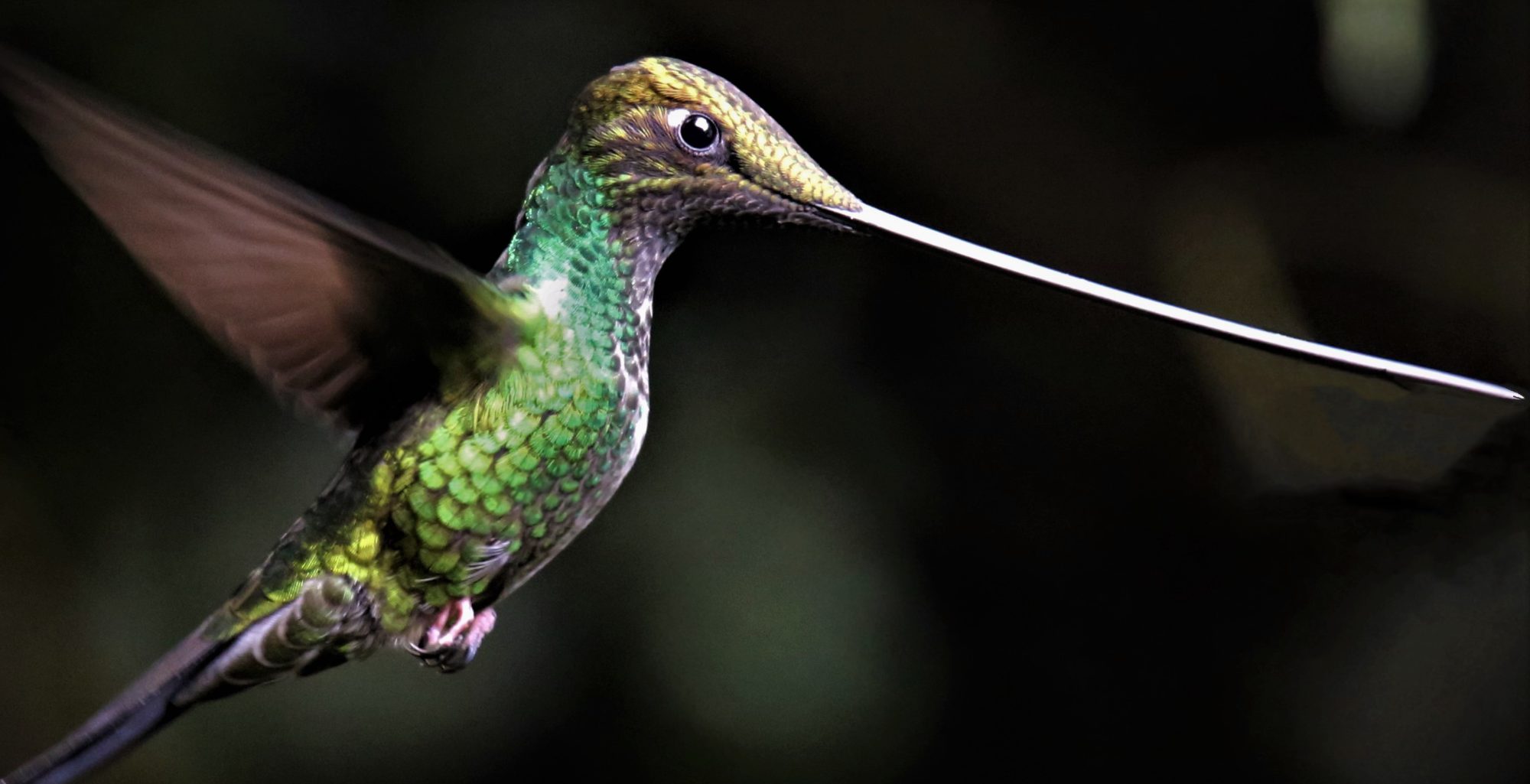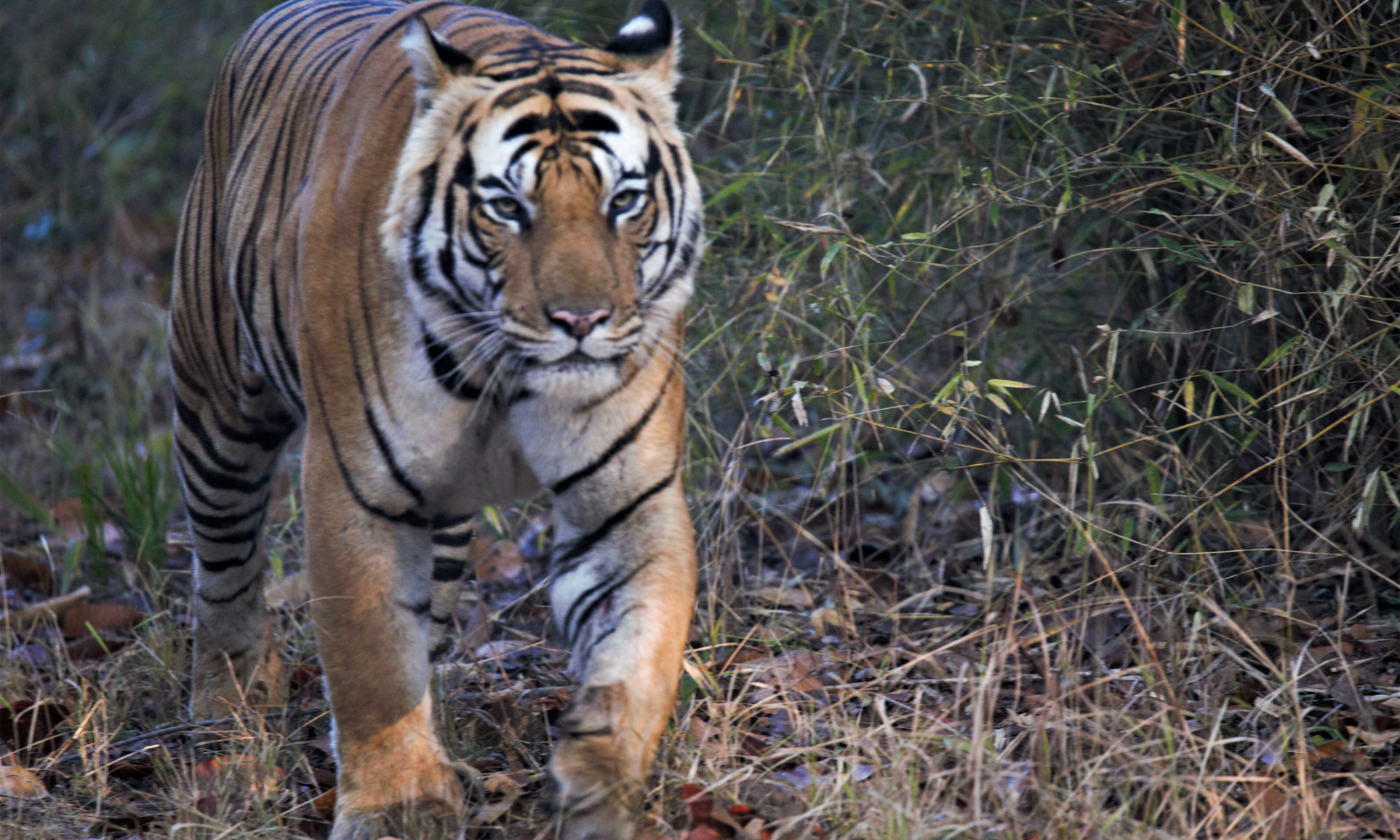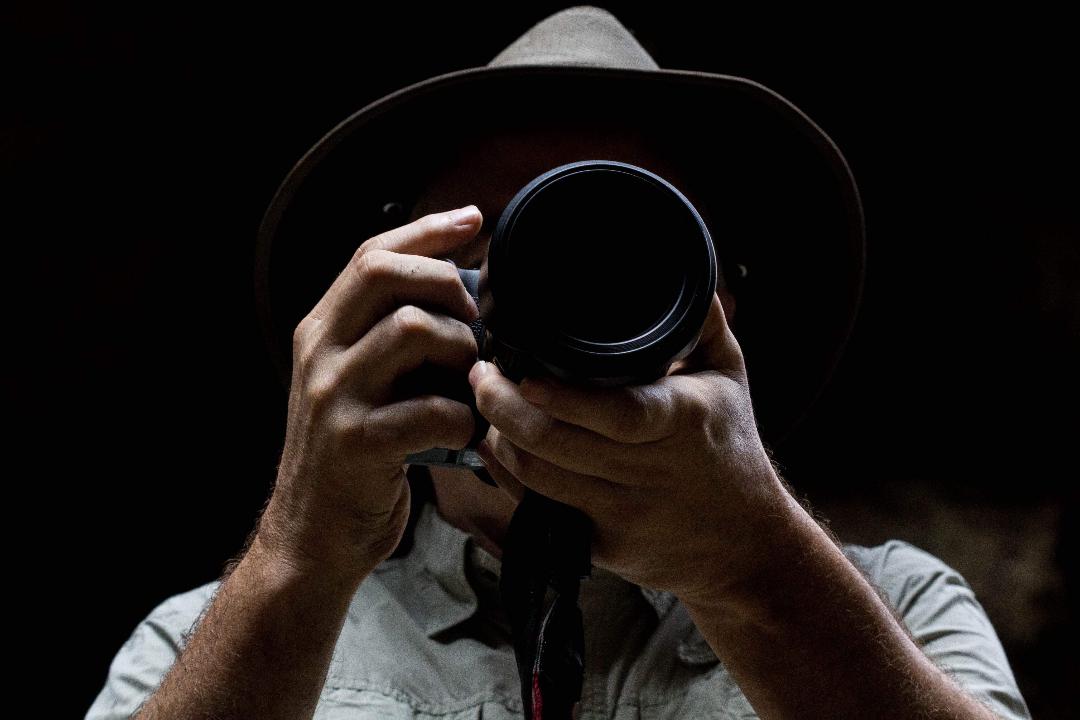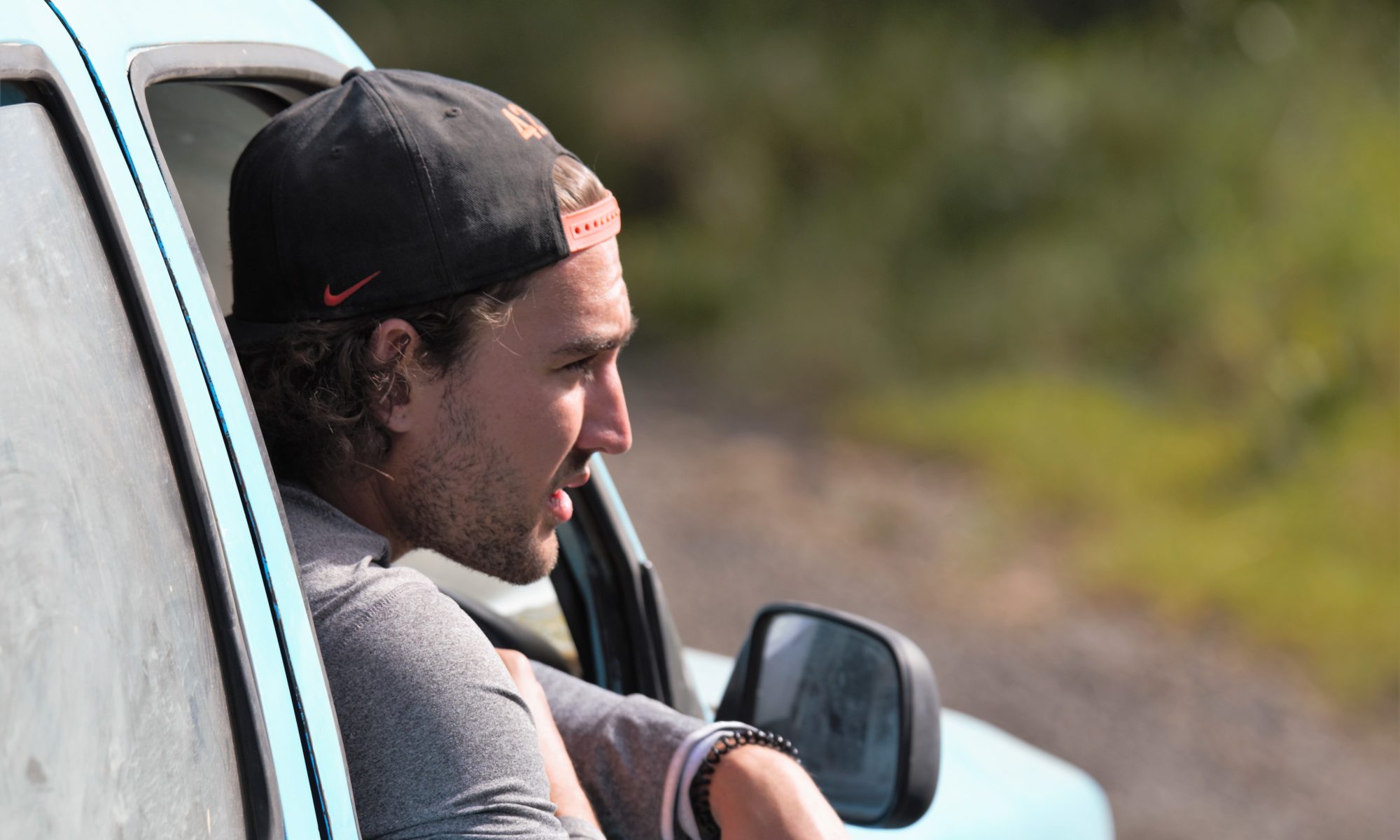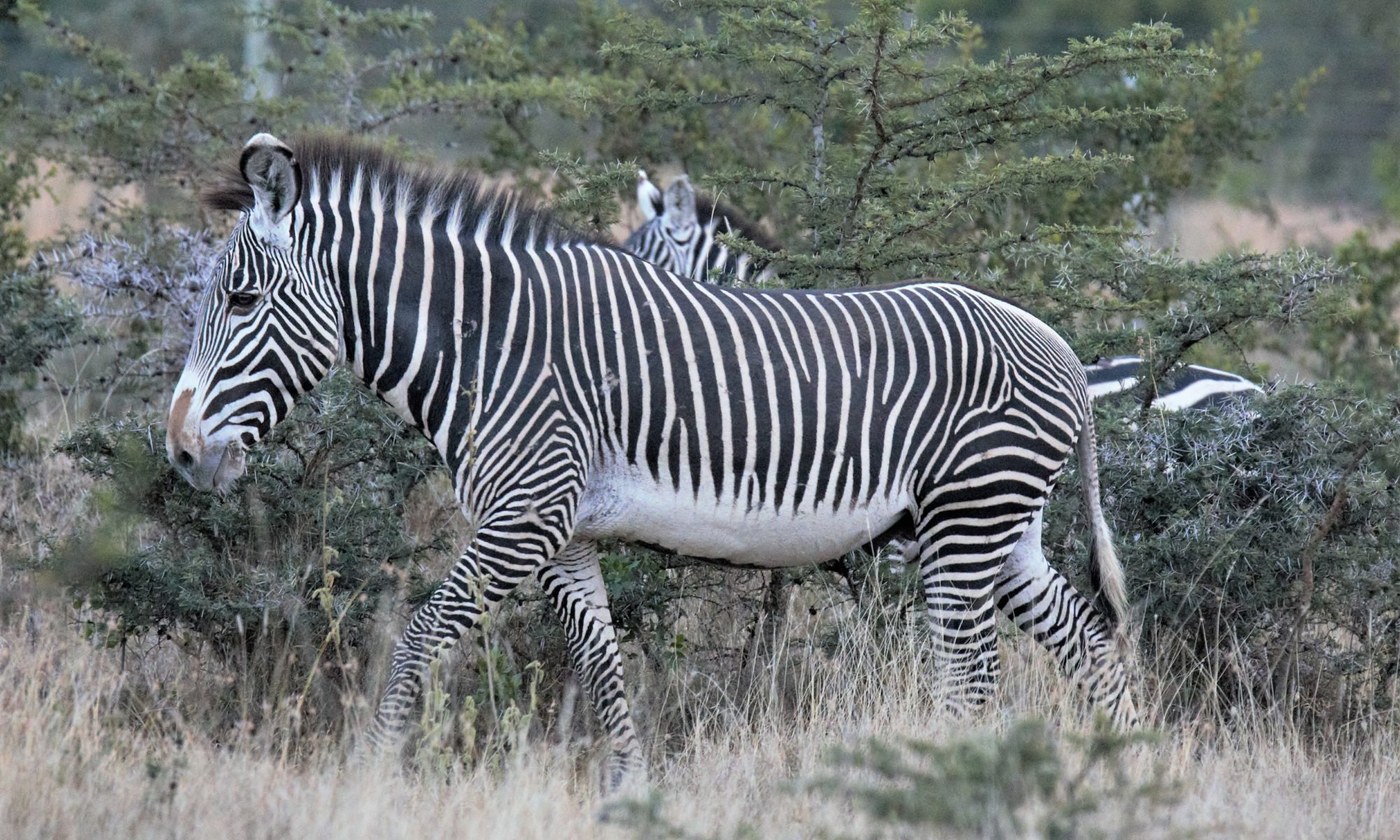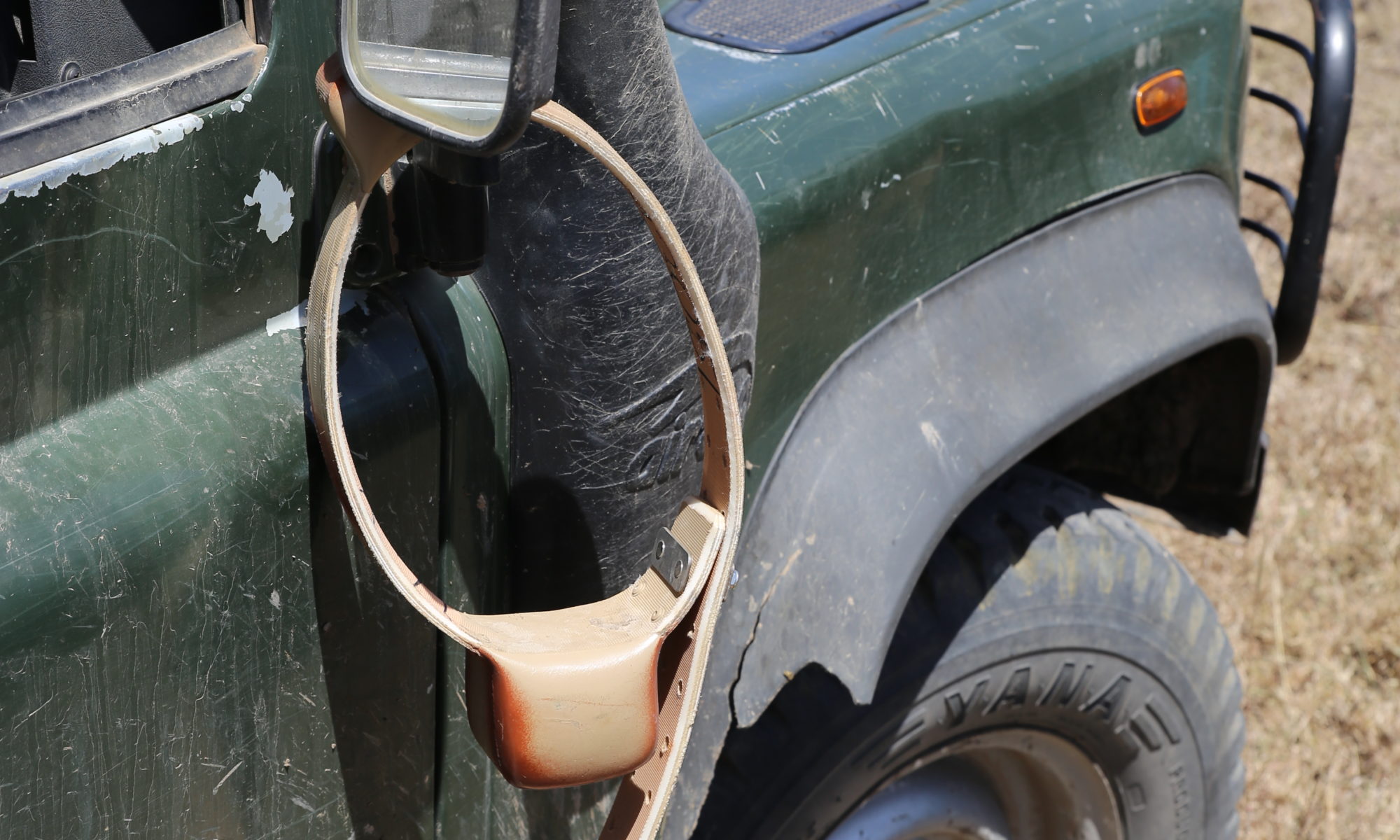Yesterday I left Mumbai and flew to the city of Jabalpur where I was met by a driver for the three-and-a-half-hour drive to Bandhavgarh National Park. I arrived after dark, and was able to speak to the naturalist from the resort I am staying at for three nights. His name is Harpreet Singh, but he says everyone calls him Happy, and though he has a degree in chemistry, physics, and mathematics, he has chosen to follow his passion—wildlife. He said we would have to get up early. So I asked for a wakeup call at 5 in the morning.
It was cold and dark when the wakeup call came. I put as many clothes on as I could and headed to the meeting area. I had a little coffee and got into an open-air jeep that Happy was driving. The drive to the entrance of the park was chilly even with a hot water bottle to hold on to for warmth. Along the way we picked up a local park guide, which is a requirement for park entry. Since we arrived a little before the gate opened we gathered around a fire that other local guides had made. Everyone was cold but excited about what the day might bring. The dirt roads once we entered the park were rough and there was frost on the ground as the sun started to come up through the trees.
We started to see animals, and the guide and Happy were looking at the ground as we went along. Happy said we might see tiger tracks in the dirt that would lead us in the right direction. A few minutes later the jeep skidded to a halt and Happy pointed at the ground and said, “Fresh tracks.” He explained that in the wintertime tigers prefer to use the roads when they can, because the grass is wet and tigers, like people, try to stay dry when it is cold. I took a picture of the tracks and we started driving in the direction of the tracks. We came to a fork in the road and we went to the right and just around the bend all of us saw what we were looking for, a big male tiger about 15 meters away and looking straight at us. Our vehicle stopped as Happy slammed on the brake and threw the car in reverse. The tiger barely paused, and then continued walking toward us. Shutters were firing away. I was amazed at how Happy could drive in reverse and still take pictures. Happy showed how he got his nickname as he was grinning from ear to ear. The tiger started walking off the road and was headed through the woods. Happy turned the vehicle around and tried to find the place where the tiger would likely cross the other fork in the road. He and the guide kept a keen eye on the woods and correctly predicted where it would cross the road. I got plenty of pictures. I have put some of the best of day 1 in the park, including photos of scenery and other animals, here.
